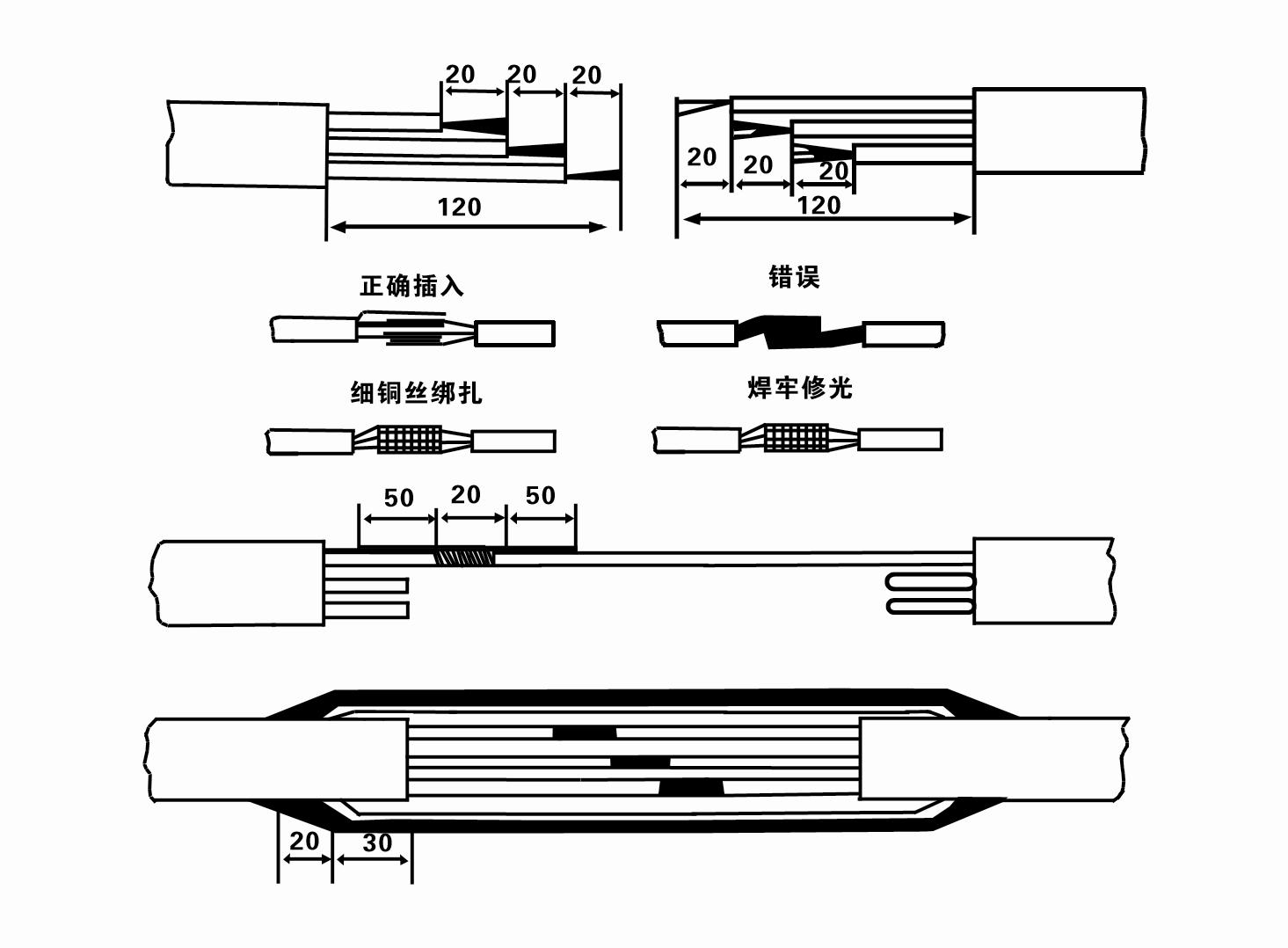nov . 08, 2024 14:52 Back to list
how to open a submersible pump
How to Open a Submersible Pump
Submersible pumps are widely used in various applications, including drainage, sewage, and even in wells to extract water. Over time, these pumps may require maintenance, inspection, or even replacement. Knowing how to open a submersible pump is crucial for both effective troubleshooting and maintenance. This guide will provide a step-by-step process on how to safely and effectively open a submersible pump.
Safety First
Before starting any work on a submersible pump, it is vital to prioritize safety. Always begin by disconnecting the power supply to the pump to prevent any accidents. Use gloves and protective eyewear to shield yourself from potential hazards. Familiarize yourself with the specific model of the pump you are working on as there may be manufacturer-specific instructions.
Tools Required
To open a submersible pump, you will typically need the following tools
- Screwdriver set (flathead and Phillips) - Socket wrench set - Pliers - Utility knife - Clean cloth or rag - Safety gloves and goggles
Step-by-Step Process
Step 1 Remove the Pump from the Well or Sump
The first step in opening a submersible pump is to remove it from its housing. If the pump is located in a well, a crane or a winch may be needed to lift it out, especially if it is heavy. If it is in a sump, ensure that all water is drained, and then carefully pull the pump out. Be cautious not to damage any attached wiring.
Step 2 Clean the Exterior
Once the pump is out, clean the exterior with a cloth to remove any dirt, debris, or residue. This will help prevent contaminants from entering the pump during disassembly. Pay special attention to any electrical connections, as keeping them clean is essential for proper function.
how to open a submersible pump

Step 3 Take Apart the Pump
Using a screwdriver or socket wrench, carefully remove the bolts or screws that hold the pump casing together. Avoid forcing any part as this may cause damage. Once all screws are removed, gently separate the pump casing to access the internal components. Remember to take notes or pictures during disassembly to assist in reassembly later.
Step 4 Inspect Internal Components
With the pump casing open, inspect the internal components, including the impeller, motor, and seals. Look for any signs of wear, damage, or blockage. If you find any broken or worn-out parts, make a note of them, as they will need to be replaced. A blocked impeller can hinder pump performance, so ensure it is clean and free from debris.
Step 5 Clean Internal Components
Using a soft cloth, wipe down the internal components to remove any dirt or buildup. For more stubborn residue, a small brush may be helpful. Be careful not to scratch or damage any surfaces while cleaning, as this could lead to further complications.
Step 6 Reassemble the Pump
After inspecting and cleaning, it is time to reassemble the pump. Carefully align the casing and reinsert all screws and bolts, ensuring they are tightened securely but not overly so, as this could crack the casing. Remember to reattach any electrical connectors that may have been removed during disassembly.
Step 7 Test the Pump
Once the pump is reassembled, it is essential to test it before putting it back into service. Reconnect the power supply and monitor the pump’s operation for any unusual noises or irregularities. Ensure that it is pumping water efficiently and quietly.
Conclusion
Opening a submersible pump may seem daunting, but with the right tools and careful attention to detail, it can be done successfully. Regular maintenance can extend the life of your pump and ensure optimal performance. Remember, if you encounter any significant issues or are unsure about any step, consider consulting a professional. Safety should always be your top priority when working with any electrical equipment.
-
Submersible Water Pump: The Efficient 'Power Pioneer' of the Underwater World
NewsJul.01,2025
-
Submersible Pond Pump: The Hidden Guardian of Water Landscape Ecology
NewsJul.01,2025
-
Stainless Well Pump: A Reliable and Durable Pumping Main Force
NewsJul.01,2025
-
Stainless Steel Submersible Pump: An Efficient and Versatile Tool for Underwater Operations
NewsJul.01,2025
-
Deep Well Submersible Pump: An Efficient 'Sucker' of Groundwater Sources
NewsJul.01,2025
-
Deep Water Well Pump: An Efficient 'Sucker' of Groundwater Sources
NewsJul.01,2025
-
 Submersible Water Pump: The Efficient 'Power Pioneer' of the Underwater WorldIn the field of hydraulic equipment, the Submersible Water Pump has become the core equipment for underwater operations and water resource transportation due to its unique design and excellent performance.Detail
Submersible Water Pump: The Efficient 'Power Pioneer' of the Underwater WorldIn the field of hydraulic equipment, the Submersible Water Pump has become the core equipment for underwater operations and water resource transportation due to its unique design and excellent performance.Detail -
 Submersible Pond Pump: The Hidden Guardian of Water Landscape EcologyIn courtyard landscapes, ecological ponds, and even small-scale water conservancy projects, there is a silent yet indispensable equipment - the Submersible Pond Pump.Detail
Submersible Pond Pump: The Hidden Guardian of Water Landscape EcologyIn courtyard landscapes, ecological ponds, and even small-scale water conservancy projects, there is a silent yet indispensable equipment - the Submersible Pond Pump.Detail -
 Stainless Well Pump: A Reliable and Durable Pumping Main ForceIn the field of water resource transportation, Stainless Well Pump has become the core equipment for various pumping scenarios with its excellent performance and reliable quality.Detail
Stainless Well Pump: A Reliable and Durable Pumping Main ForceIn the field of water resource transportation, Stainless Well Pump has become the core equipment for various pumping scenarios with its excellent performance and reliable quality.Detail
